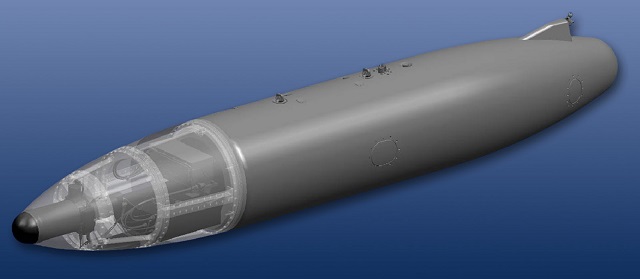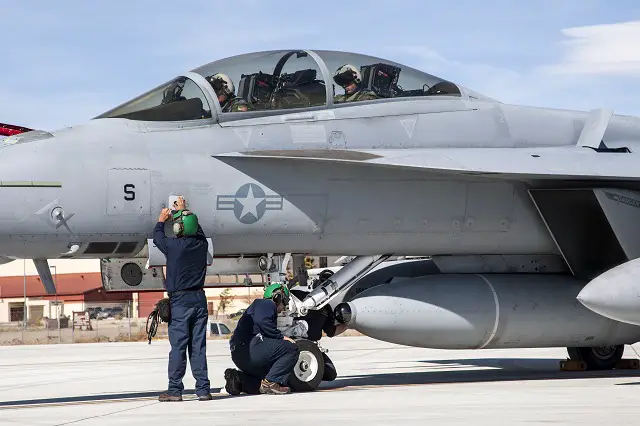Breaking news
US Navy Approves F/A-18 Super Hornet Infrared Search & Track (IRST) System for Production.
| 2015
 IRST21 can be mounted in a variety of ways, including the nose section of the F/A-18E/F’s centerline fuel tank. (Photo by Lockheed Martin) |
|||
In
addition to detecting airborne threats, IRST significantly enhances multiple
target resolution compared to radar, providing greater discrimination
of threat formations at longer ranges. Data from the IRST21 sensor is
fused with other on-board F/A-18 sensor data to provide maximum situational
awareness to the warfighter. “The IRST system is another example of how we continue to evolve Super Hornet capabilities to ensure it outpaces future adversaries,” said Tim Adrian, F/A-18 IRST program manager at Boeing. UPDATE: Contacted by Navy Recognition, an Boeing Defense spokesperson explained that "the IRST Pod carries 330 gal of fuel in the fuel tank assembly". This means that the pod still acts as an external fuel tank and the IRST feature does not sacrifices range much. |
|||




























